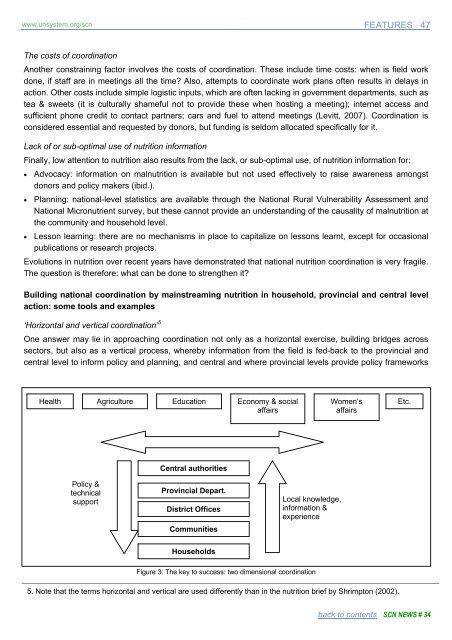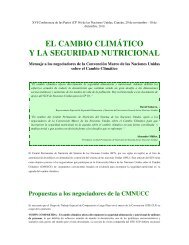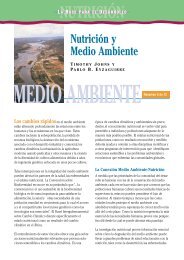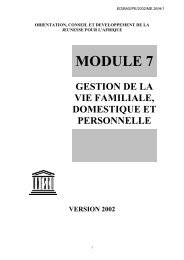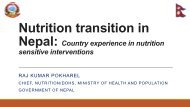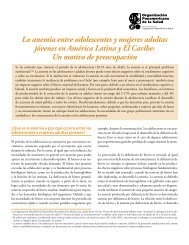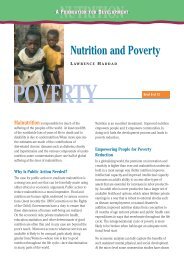SCN News No 34 - UNSCN
SCN News No 34 - UNSCN
SCN News No 34 - UNSCN
You also want an ePaper? Increase the reach of your titles
YUMPU automatically turns print PDFs into web optimized ePapers that Google loves.
www.unsystem.org/scn FEATURES 47<br />
The costs of coordination<br />
Another constraining factor involves the costs of coordination. These include time costs: when is field work<br />
done, if staff are in meetings all the time? Also, attempts to coordinate work plans often results in delays in<br />
action. Other costs include simple logistic inputs, which are often lacking in government departments, such as<br />
tea & sweets (it is culturally shameful not to provide these when hosting a meeting); internet access and<br />
sufficient phone credit to contact partners; cars and fuel to attend meetings (Levitt, 2007). Coordination is<br />
considered essential and requested by donors, but funding is seldom allocated specifically for it.<br />
Lack of or sub-optimal use of nutrition information<br />
Finally, low attention to nutrition also results from the lack, or sub-optimal use, of nutrition information for:<br />
• Advocacy: information on malnutrition is available but not used effectively to raise awareness amongst<br />
donors and policy makers (ibid.).<br />
• Planning: national-level statistics are available through the National Rural Vulnerability Assessment and<br />
National Micronutrient survey, but these cannot provide an understanding of the causality of malnutrition at<br />
the community and household level.<br />
• Lesson learning: there are no mechanisms in place to capitalize on lessons learnt, except for occasional<br />
publications or research projects.<br />
Evolutions in nutrition over recent years have demonstrated that national nutrition coordination is very fragile.<br />
The question is therefore: what can be done to strengthen it?<br />
Building national coordination by mainstreaming nutrition in household, provincial and central level<br />
action: some tools and examples<br />
‘Horizontal and vertical coordination’ 5<br />
One answer may lie in approaching coordination not only as a horizontal exercise, building bridges across<br />
sectors, but also as a vertical process, whereby information from the field is fed-back to the provincial and<br />
central level to inform policy and planning, and central and where provincial levels provide policy frameworks<br />
Health<br />
Agriculture<br />
Education<br />
Economy & social<br />
affairs<br />
Women’s<br />
affairs<br />
Etc.<br />
Central authorities<br />
Policy &<br />
technical<br />
support<br />
Provincial Depart.<br />
District Offices<br />
Communities<br />
Local knowledge,<br />
information &<br />
experience<br />
Households<br />
Figure 3: The key to success: two dimensional coordination<br />
5. <strong>No</strong>te that the terms horizontal and vertical are used differently than in the nutrition brief by Shrimpton (2002).<br />
back to contents <strong>SCN</strong> NEWS # <strong>34</strong>


